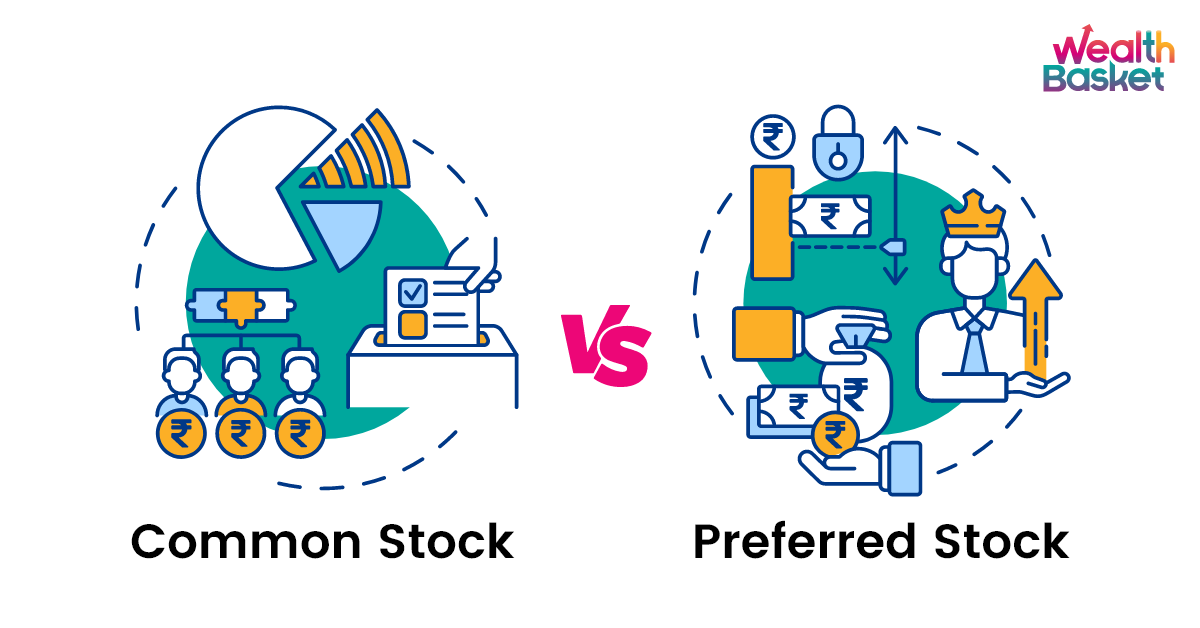Understanding the key differences between preferred and common stock
Types of Stocks
There are generally two main types of stock that companies issue - preferred stock and common stock. Preferred stock provides investors with a dividend that is paid out before common stockholders receive any payouts. They also have priority over common stock in the event a company liquidates. However, preferred stockholders do not typically have voting rights within the company. Common stock, on the other hand, provides shareholders with voting power to influence company decisions. While common stock dividends are not guaranteed, owning common stock allows investors to potentially see higher returns through capital appreciation over the long-run.
Risk and Return
When it comes to risk and return, preferred stockholders face less downside risk than common stockholders. This is because their dividends take priority and they rank above common shares in the event of bankruptcy. However, preferred stock generally carries less upside potential as well. Their dividends are fixed and the shares do not fluctuate in value as much as common stock based on company performance. So the general principle holds true - the higher the risk, the higher potential return an investment offers. Preferred stock offers more stability at the cost of larger growth opportunities.
Treatment of Dividends
Both preferred and common stock can pay dividends to shareholders, but there are key differences in how these dividends work. For preferred stock, the dividends are guaranteed and paid out at a set rate. If a company skips or postpones a preferred dividend payment in a given year, it must pay out those missed dividends before resuming common stock dividends. This gives preferred shareholders priority and downside protection. In contrast, common stock dividends are never mandatory and can be eliminated or reduced at any time by company management. Preferred shareholders also typically receive a higher dividend rate than common shareholders.
Liquidation Priority
Another major distinction lies in what happens if a company liquidates or dissolves. In this scenario, preferred stockholders are first in line to receive any proceeds from sold assets after debt holders are repaid. Only once the preferred stockholders’ original investment plus any unpaid dividends are returned can the remaining funds go to common shareholders. This puts preferred stockholders ahead of common shareholders in the pecking order of who gets their money back first if a company ceases operations.
Voting Rights
While preferred stockholders receive priority on dividends and liquidation payments, they typically do not hold any voting power within the company. All voting rights reside with common stock owners. Preferred shareholders have no say in decisions like electing the board of directors or approving mergers and acquisitions. This lack of corporate governance influence is the tradeoff they accept for reduced risk. Common stockholders accept higher risk in exchange for participation and control over the company’s strategic direction.
Summarizing the Differences
In summary, preferred stock provides less volatility but more reliable income through guaranteed dividends that take priority. It also ranks above common equity for receiving assets if the company dissolves. However, preferred stockholders give up opportunities for large share price appreciation and any voting power. Common stock carries higher risk through non-mandatory dividends and subordination in bankruptcy. But it also entitles owners to strategic decision making and potentially significant returns from growth over time. Understanding these contrasting characteristics is key to determining which type makes the most sense for different investment objectives.
